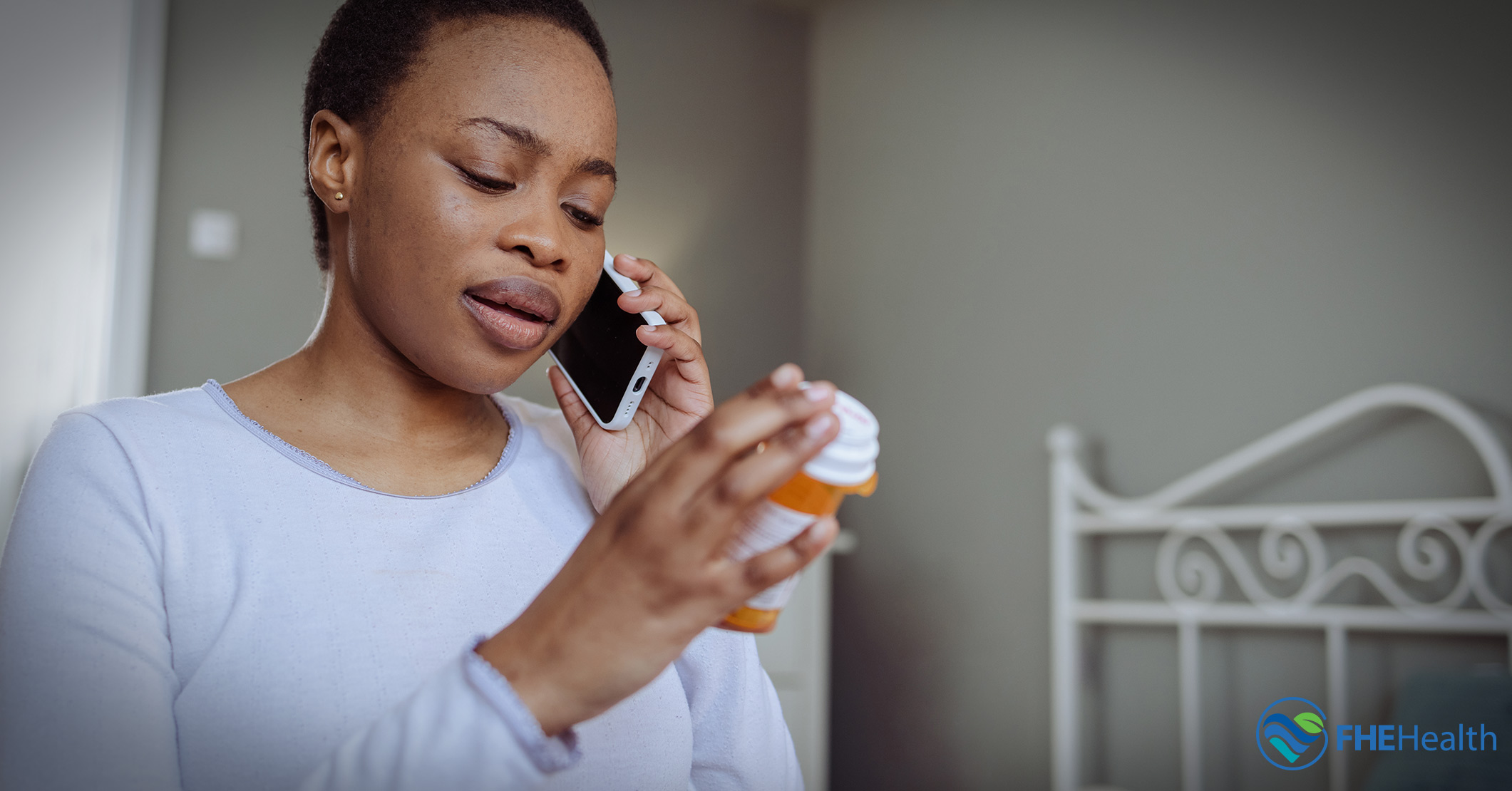
In the event of an overdose, it’s necessary to act quickly in an overdose response. Witnessing someone in a life-threatening situation can be scary, but knowing what to do can help to prevent a tragedy.
Assess the Situation
An overdose is a medical emergency, and while prompt action is necessary, it’s crucial to stay calm and clear-headed. The individual may not know that they have taken a dangerous amount of a substance, so it may fall to others to recognize the signs of an overdose and act quickly in overdose response.
Some of the most common opioid overdose signs and symptoms include:
- Very small pupils
- Excessive sleepiness or losing consciousness
- Slow, labored or shallow breathing
- Choking or gurgling sounds
- Limp body
- Slurred speech
- Cold, clammy or pale skin
- Blue skin, lips, gums or fingernails
- Vomiting
In some cases, the individual experiencing the overdose may have a seizure, stroke, or heart attack. By observing the situation and the individual’s condition, a bystander can know how to proceed in an overdose response.
Call for Emergency Assistance
If someone believes that an individual is exhibiting the signs of an overdose, the first thing in overdose response they should do is call 911 or their local emergency services hotline. It’s essential to get trained medical professionals on site as quickly as possible to assess the situation and provide potentially life-saving interventions. The caller should be ready to provide three pieces of information, including that they suspect an individual has overdosed, whether they are breathing, and their precise location.
In some cases, an individual may be reluctant to call 911 to get help for a friend who has overdosed. Many jurisdictions across the United States have strict drug laws, and those who were using drugs with a friend who overdosed may worry about facing charges for using or possessing drugs. However, it’s important to note that all states have Good Samaritan laws that allow limited immunity for those who call to report a drug overdose. If someone is unsure about the protections, looking into their local and state laws regarding reporting overdoses can provide some peace of mind.
Administer Naloxone
While opioid overdose can be life-threatening, it may be able to be reversed with a dose of naloxone. Also available under brand names Narcan, Evzio, Zimhi, and Kloxxado, naloxone is an opioid antagonist that blocks receptors in the brain, immediately reversing the effects of opioids. With a quick overdose response, someone who’s stopped breathing from an opioid overdose can begin walking and talking again within a few minutes.
Contrary to common misconceptions, naloxone is a completely benign, non-habit-forming drug that’s well-tolerated in most people. It isn’t a controlled substance, and it doesn’t harm someone who doesn’t have opioids in their system. While they may cause the individual to go into opioid withdrawal, which usually comes with some unpleasant side effects, these are rarely life-threatening.
An emergency naloxone kit may include:
- A device that contains the medicine; in many cases, this is a nasal spray. Each spray delivers a single dose of the medicine.
- Injectable naloxone, along with needles and syringes
- A device that automatically injects naloxone
- How you administer naloxone depends on the type that’s in your kit.
To administer an injection:
- Clean the administration site with an alcohol wipe, if possible
- Remove the cap from the vial
- Insert the syringe and draw up all the naloxone
- Insert the needle into the individual’s upper arm, upper thigh or buttocks
- Push the plunger until all the medication is injected
To administer the Narcan nasal spray:
- Place one finger on each side of the nozzle
- Place your thumb on the plunger
- Insert the tip of the nozzle into the individual’s nostril until your fingers touch the individual’s nose
- Firmly press the plunger
There are several low-cost or even free ways to get an emergency naloxone kit. Depending on where an individual lives, they may be able to obtain a kit through a local needle exchange program for an overdose response. Many state and local health departments have kits available for pick-up, and in some cases, health insurance companies waive the individual’s normal copay, making it free to obtain. Some local nonprofit organizations, universities, and school pharmacies or clinics distribute kits through vending machines, and many major retailers provide free Narcan kits through their pharmacies. If all else fails, talking directly with a primary health care provider about how to obtain naloxone can help someone find out how to get it for free or at a minimal cost.
Depending on the opioid the individual used, Narcan may not be enough to reverse an overdose. New substances such as xylazine are making their way throughout the opioid supply in the United States. These substances may be combined with opioids, but they don’t respond to naloxone because they aren’t opioids. For that reason, current recommendations are for individuals to call emergency services before administering naloxone during an overdose response.






